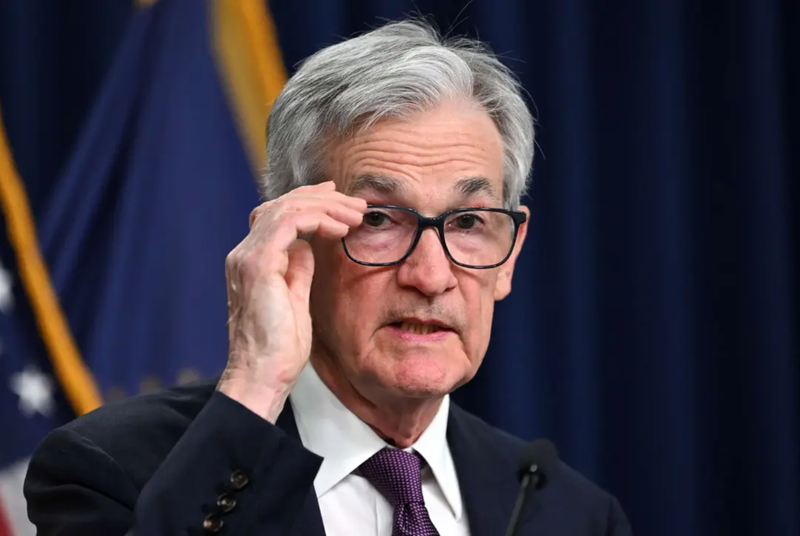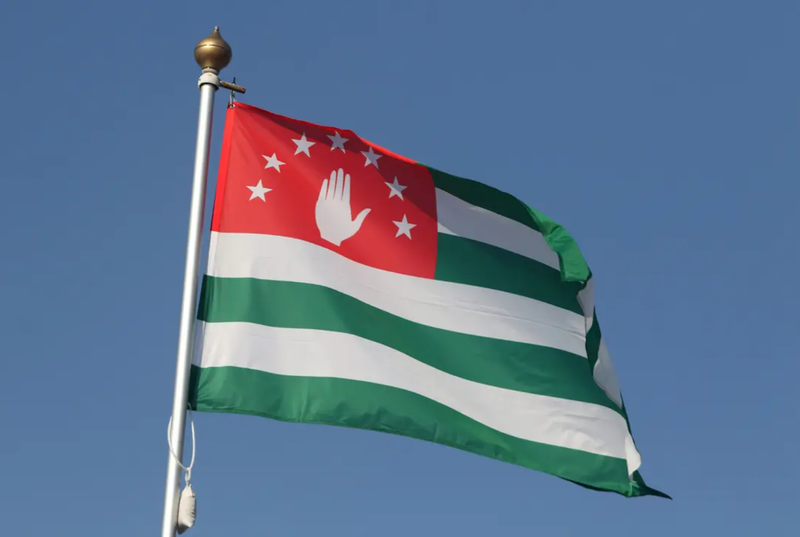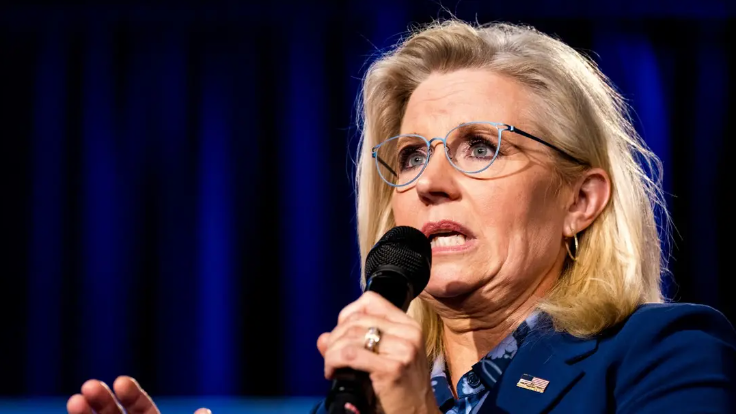Voting Falls in Phase 5 of India Elections to 60.3%
Phase 5 of the Indian elections yesterday saw a 60.3% voter turnout, down from 62.5% in 2019, with polling now completed in 428 parliamentary seats....
0:00
/1861
Facts
- Phase 5 of the Indian elections yesterday saw a 60.3% voter turnout, down from 62.5% in 2019, with polling now completed in 428 parliamentary seats.1
- This phase had the fewest — 49 of the 543 seats in Lok Sabha, India's lower House of parliament — constituencies voting with 89.5M eligible voters.2
- Most seats were reportedly high-profile with several Indian ministers and leaders of key parties contesting across six states.3
- The final two phases are scheduled for May 25 and June 1, with the results to be declared on June 4. Prime Minister Narendra Modi has set a target of 400 seats for his party.4
- However, some analysts doubt Modi's BJP could secure such a victory amid rising unemployment and inflation, despite opinion polls handing it a third term.5
- The BJP dominates the Hindi-speaking regions of India but has struggled in eastern and southern states where regional politics and religious cohesion reportedly weaken it.6
Sources: 1The Times of India, 2Al Jazeera, 3NDTV.com, 4Mint, 5ABC News and 6Guardian.
Narratives
- Narrative A, as provided by Associated Press. India's vast size and complex logistics require extended election durations. The current election, the second longest, spans 39 days with seven voting phases from April 19 to June 1. With 969M registered voters — including 18M first-timers and 197 million in their 20s — India’s electorate exceeds the population of the EU's member states. Voting duration has varied historically, taking four months in 1951-1952 and four days in 1980.
- Narrative B, as provided by ft.com. The extended election campaign favors Prime Minister Narendra Modi, giving him more time to campaign and leveraging his party's better funding. 'Digital India,' India's much-vaunted program proclaiming its tech prowess, could expedite the process. However, the protracted voting period benefits Modi, enabling him to travel and campaign more, particularly in states where his party, the BJP, faces strong opposition. This has significant political implications.







